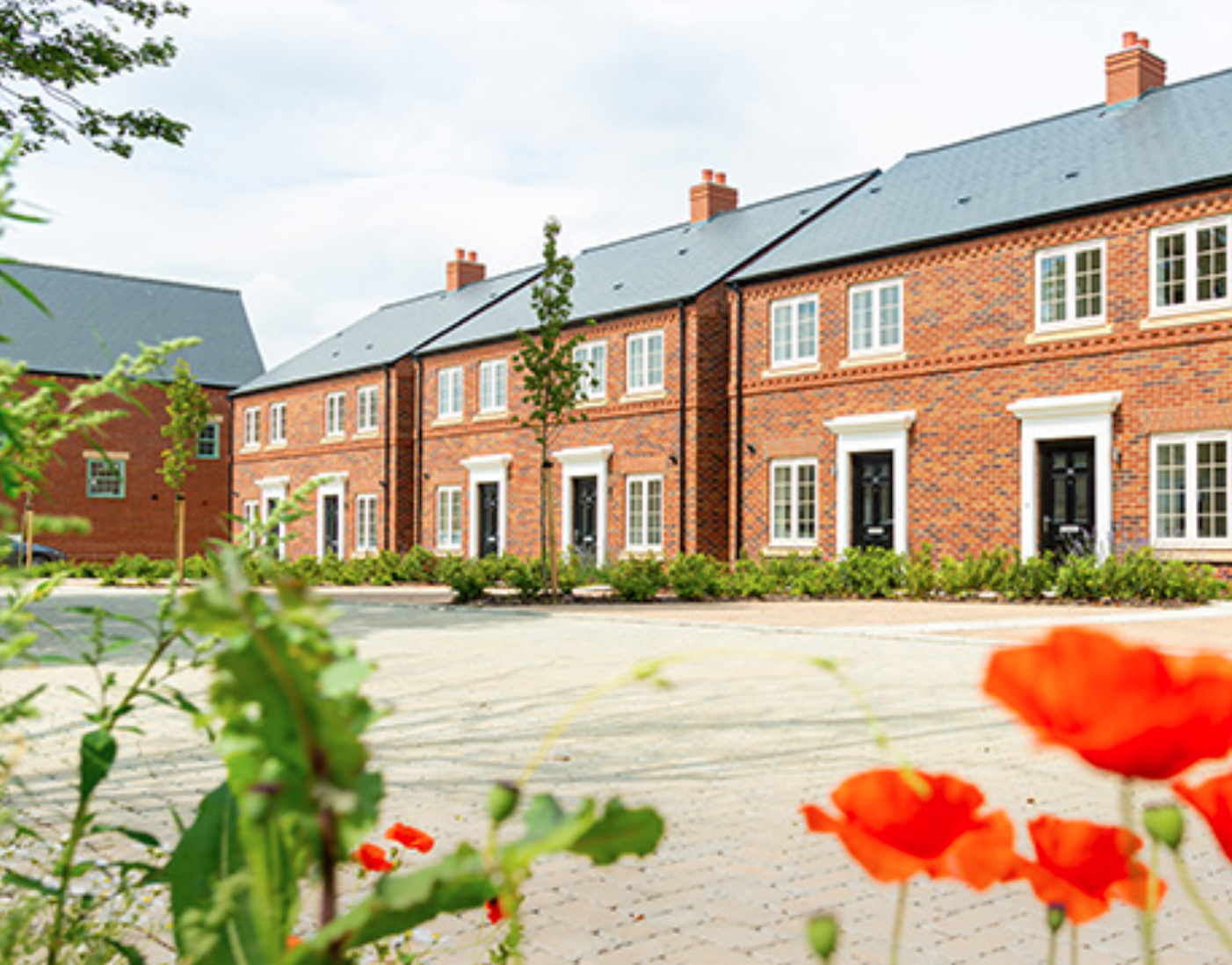What is Net Zero Carbon?
Contents |
[edit] Introduction
In construction, ‘net zero carbon’ means that carbon emissions associated with a building, product and so on are zero, or even negative. It does not necessarily relate to emissions of carbon dioxide only. The impact of other greenhouse gases (such as methane) is measured as a carbon equivalent, so ‘carbon emissions’ can refer to all greenhouse gases.
The UK Green Building Council (UKGBC) defines net zero in construction as, “When the amount of carbon emissions associated with a building's embodied and operational impacts over the life of the building, including its disposal, are zero or negative.” This is ‘whole life’ net zero carbon, but there are alternative definitions.
[edit] Different types of carbon emissions
Whole life carbon as defined by the UKGBC comprises two different types of carbon: operational carbon and embodied carbon:
- Operational carbon, as the name suggests, is the carbon emissions that result from the building’s use. This includes regulated emissions, which are controlled by the Building Regulations and are associated with, among other things, a building’s heating and hot water systems. It also includes unregulated emissions, which result from the activities of the building users. Unregulated emissions are not accounted for in compliance calculations.
- Embodied carbon includes emissions due to the production and transport of building materials, the processes on site during construction, and the way in which components are reused, recycled, or demolished at the end of a building’s life.
[edit] How do I define net zero carbon for my construction project?
For a given construction project, ‘net zero carbon’ could mean the reduction of any of these types of emissions to zero.
For some buildings, it might only be viable to address regulated emissions. On other projects it might be possible or desirable to look at whole life carbon, addressing emissions across the building’s complete lifecycle.
The key is to establish what net zero carbon means for the specific project from the earliest possible stage of the process. If the definition is made and understood during the preliminary design stages, it can inform all the decisions that come after and save time and money.
The alternative is to set the definition at a later stage and then overhaul the design and specification because net zero carbon was never accounted for in the first place.
For more information see: Net Zero.
[edit] Related articles on Designing Buildings
- Achieving net zero in social housing.
- Actuate UK issues climate warning and urges action.
- Aligning net zero with the levelling-up agenda.
- A zero-carbon UK by 2050?
- Carbon footprint.
- Carbon negative.
- Carbon neutral.
- Climate Change Act.
- Construction skills crisis threatens UK net zero goals.
- CO2nstruct Zero programme grows to over 70 businesses.
- Fabric first investigation into net zero for existing buildings.
- Half of public sector bodies not planning for net zero carbon.
- Heat pumps and heat waves: How overheating complicates ending gas in the UK.
- Infrastructure carbon reduction misses net-zero target.
- Low or zero carbon technologies.
- Making Mission Possible: report on achieving a zero-carbon economy by 2030.
- Nearly zero-energy building.
- Net zero.
- Net Zero All Party Parliamentary Group NZ APPG.
- Net zero by 2050.
- Net zero (whole life) carbon.
- Net zero carbon building.
- Net zero carbon emissions.
- Net zero strategy: build back greener.
- Planning the infrastructure transition to net-zero.
- Scotland publishes plans to reach net zero targets with Heat in Buildings Strategy.
- Skilled workforce unable to meet net zero ambitions.
- Smoothing the path to net zero.
- Thermal imaging of the building fabric in the net zero world.
- Transform to Net Zero.
Featured articles and news
The UK's Modern Industrial Strategy: A 10 year plan
Previous consultation criticism, current key elements and general support with some persisting reservations.
Building Safety Regulator reforms
New roles, new staff and a new fast track service pave the way for a single construction regulator.
Architectural Technologist CPDs and Communications
CIAT CPD… and how you can do it!
Cooling centres and cool spaces
Managing extreme heat in cities by directing the public to places for heat stress relief and water sources.
Winter gardens: A brief history and warm variations
Extending the season with glass in different forms and terms.
Restoring Great Yarmouth's Winter Gardens
Transforming one of the least sustainable constructions imaginable.
Construction Skills Mission Board launch sector drive
Newly formed government and industry collaboration set strategy for recruiting an additional 100,000 construction workers a year.
New Architects Code comes into effect in September 2025
ARB Architects Code of Conduct and Practice available with ongoing consultation regarding guidance.
Welsh Skills Body (Medr) launches ambitious plan
The new skills body brings together funding and regulation of tertiary education and research for the devolved nation.
Paul Gandy FCIOB announced as next CIOB President
Former Tilbury Douglas CEO takes helm.
UK Infrastructure: A 10 Year Strategy. In brief with reactions
With the National Infrastructure and Service Transformation Authority (NISTA).
Ebenezer Howard: inventor of the garden city. Book review.
The Grenfell Tower fire, eight years on
A time to pause and reflect as Dubai tower block fire reported just before anniversary.
Airtightness Topic Guide BSRIA TG 27/2025
Explaining the basics of airtightness, what it is, why it's important, when it's required and how it's carried out.
Construction contract awards hit lowest point of 2025
Plummeting for second consecutive month, intensifying concerns for housing and infrastructure goals.
Understanding Mental Health in the Built Environment 2025
Examining the state of mental health in construction, shedding light on levels of stress, anxiety and depression.






















